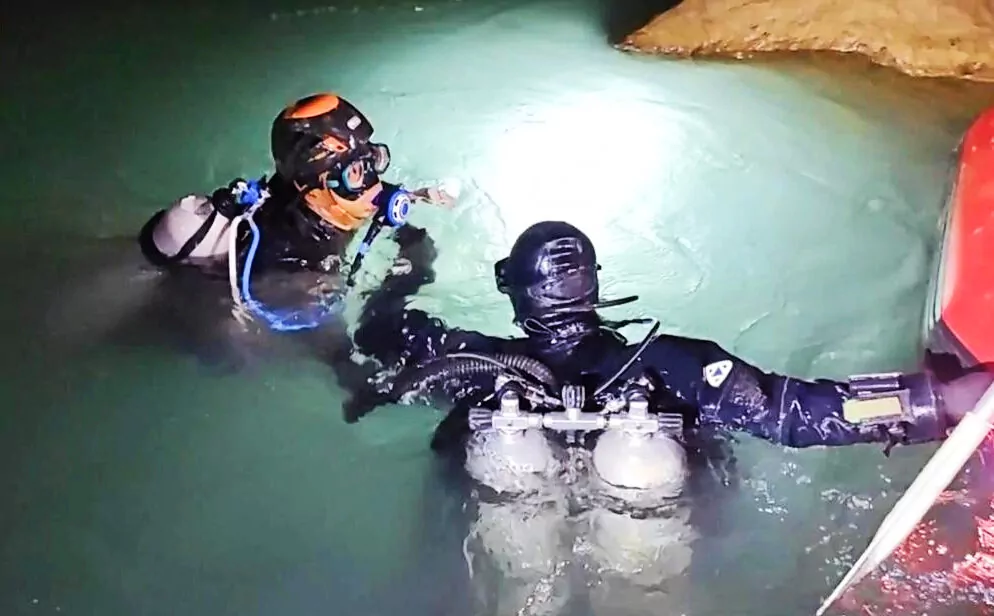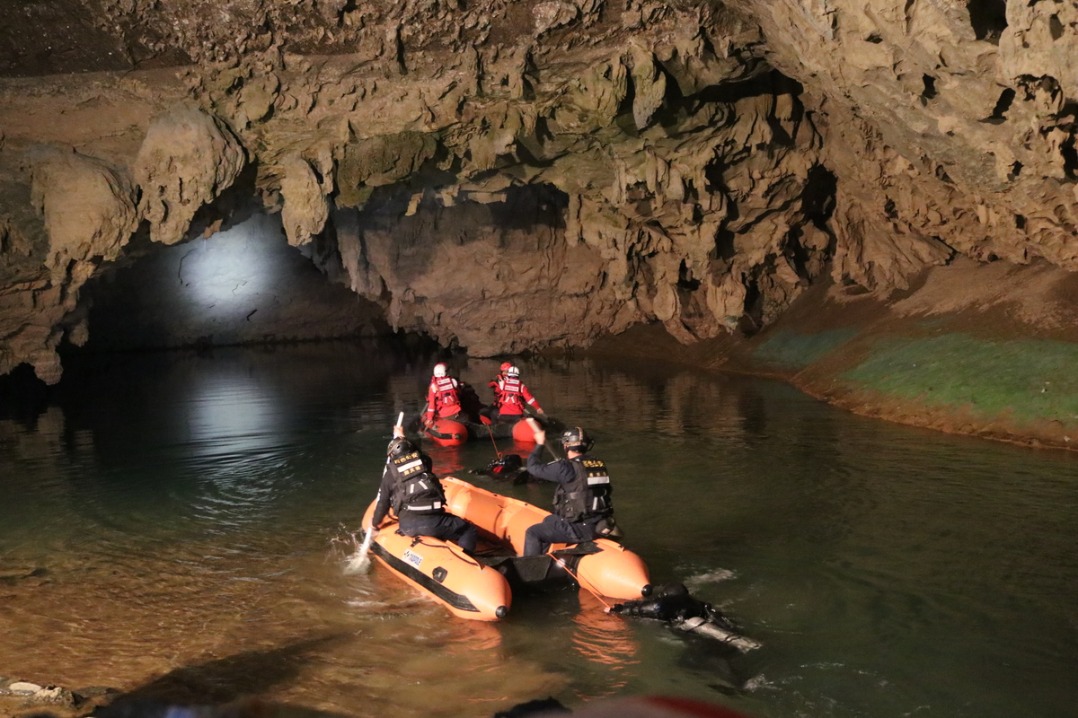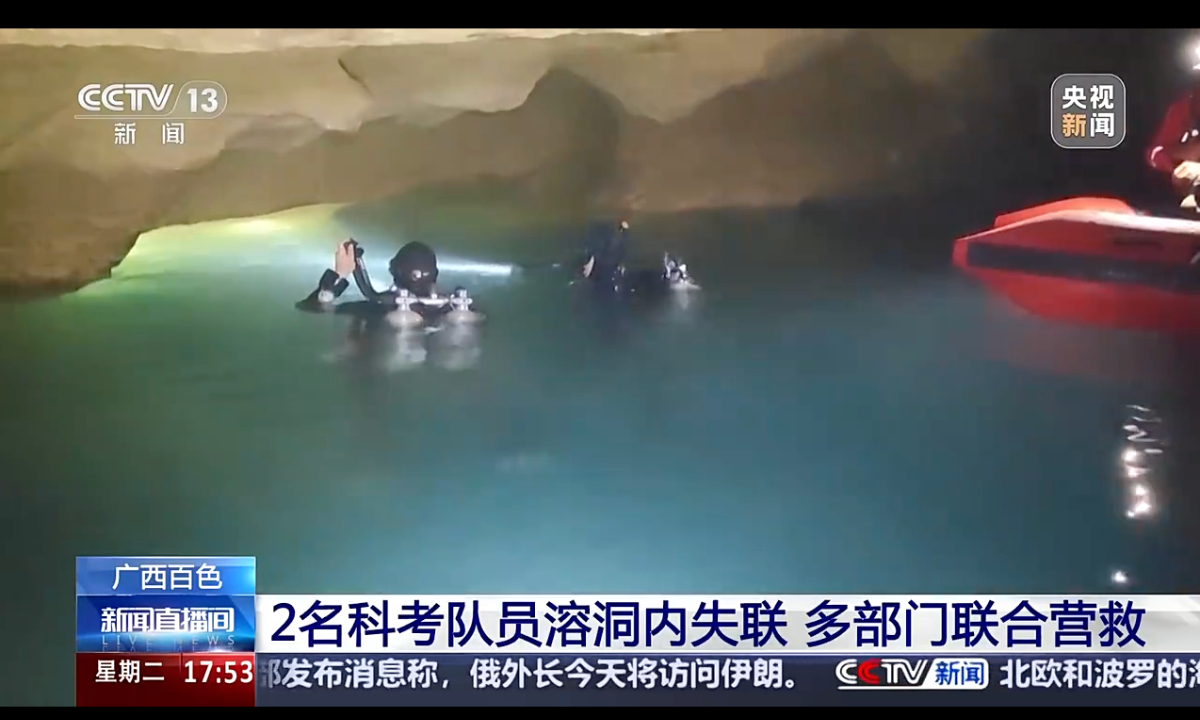jonnybellman
Active member
Might be of some interest to folks out there. Sounds like the second diver had quite the ordeal in an air pocket for several days.

 divernet.com
divernet.com

‘First successful cave-diving rescue’ claimed in China
Two missing cave-divers have been extracted from a system in southern China after a search and rescue operation that lasted almost three days – and claimed as






